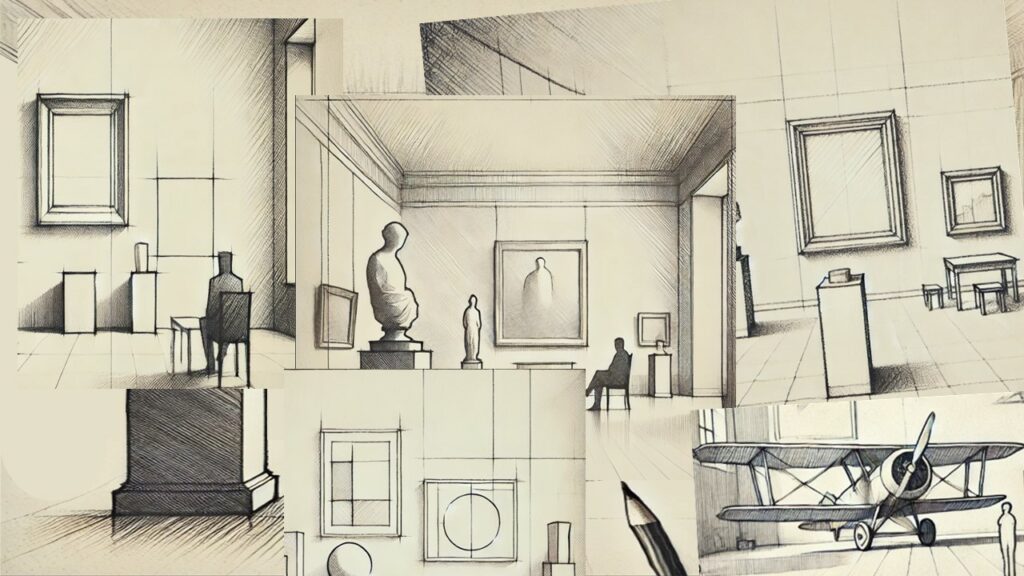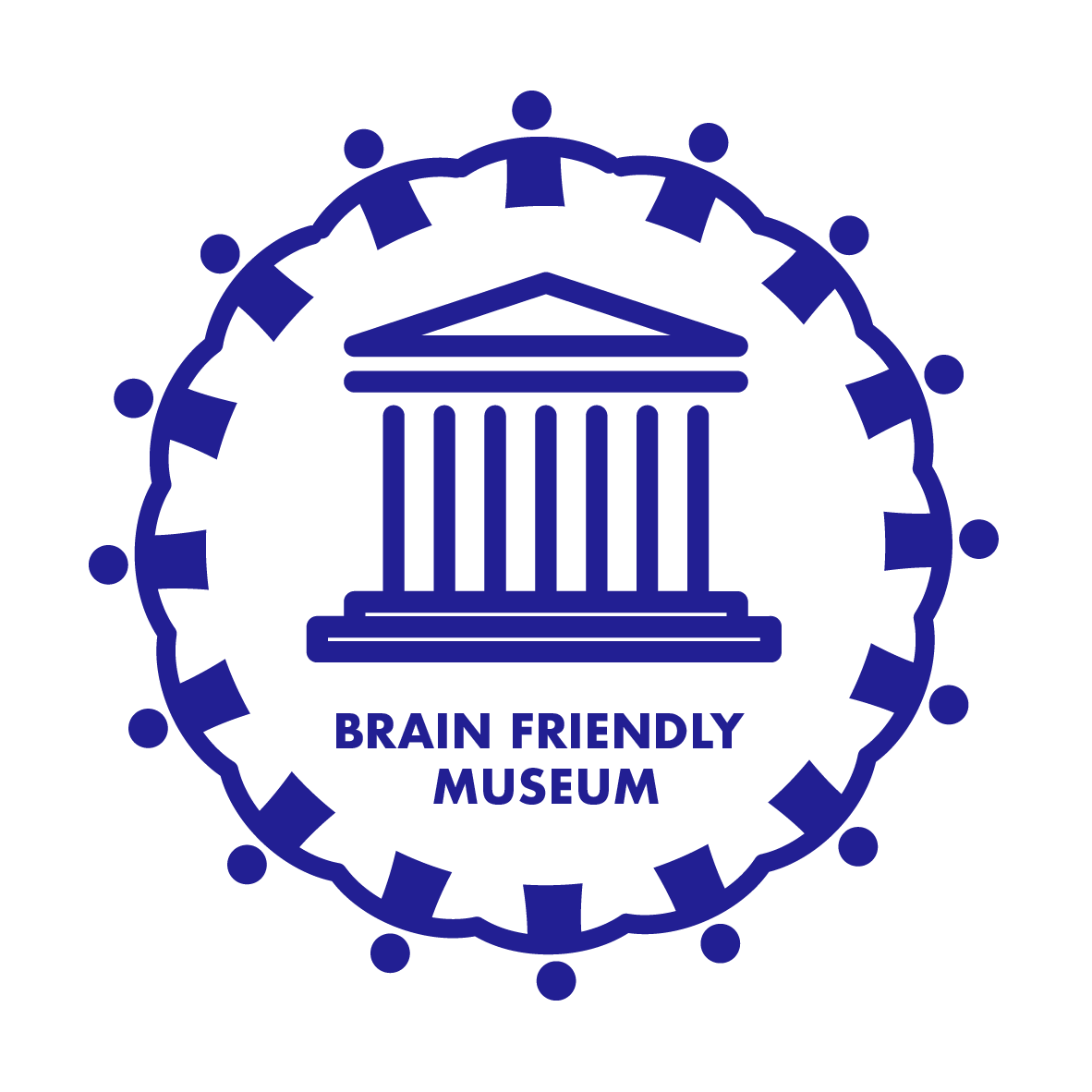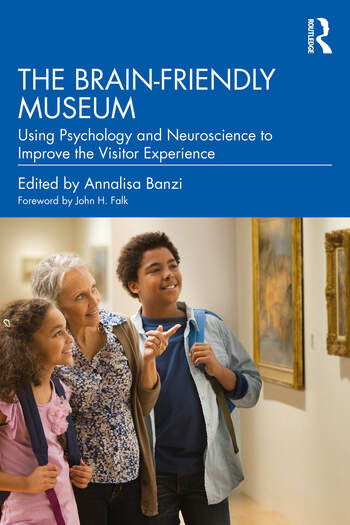
WHAT MAKES A MUSEUM BRAIN-FRIENDLY?
A Brain-Friendly Museum (BFM) is a forward-thinking institution that prioritises the cognitive processes and emotions of the visitors while fulfilling its core mission. By carefully addressing these elements, a BFM can create enriching experiences that allow people to truly appreciate the cultural heritage.
A museum can be designed with a better understanding of how the brain functions, by drawing on insights from psychology, neuroscience, and other disciplines to craft experiences that are stimulating.
Psychologists and neuroscientists are still working to fully understand how our brain functions, however we can already benefit from the many findings gathered so far. While there is often no straightforward link between our understanding of the brain and practical application, combining these insights with research into museumgoers’ needs can greatly enhance these fields.
There is no one-size-fits-all psychological content for all museums. Each institution requires a specific analysis of its audiences, collections, and other factors to determine the best way to engage and satisfy its visitors.
By collaborating with universities and research institutions, museums can contribute to and benefit from ongoing studies into cognitive processes and emotions, leading to better-designed exhibitions and programmes. This cooperation can enhance the visitor experience and advance scientific understanding of how we interact with the world around us. It is a key service that museums could offer to society.
The BFM philosophy advocates that museums can play a pivotal role in improving societal wellbeing.
THE BRAIN-FRIENDLY MUSEUM
Using Psychology and Neuroscience to Improve the Visitor Experience
Edited by Annalisa Banzi
Foreword by John H. Falk
The Brain-Friendly Museum proposes an innovative approach to experiencing and enjoying the museum environment in new ways, based on the systematic application of cognitive psychology and neuroscience.
It explores our universal cognitive processes and emotions, and how they can be used to engage with and enjoy the museum environment, regardless of the visitor’s background, language or culture. The book considers core cognitive processes, including memory, attention, and perception, and how they can successfully be applied to the museum environment, for example, in creating more effective displays.
.
.
“The brain‐friendly museum. Using psychology and neuroscience to improve the visitor experience is rich in detail and enriched by numerous real-world examples.
It will serve as a handy reference for years to come and I look forward to having it in an easily accessible place on my bookcase for just that purpose”.
John H. Falk, Ph.D.
Institute for Learning Innovation


